Guide To Maintaining Automotive Clear Coat Finish
Ellie Moore
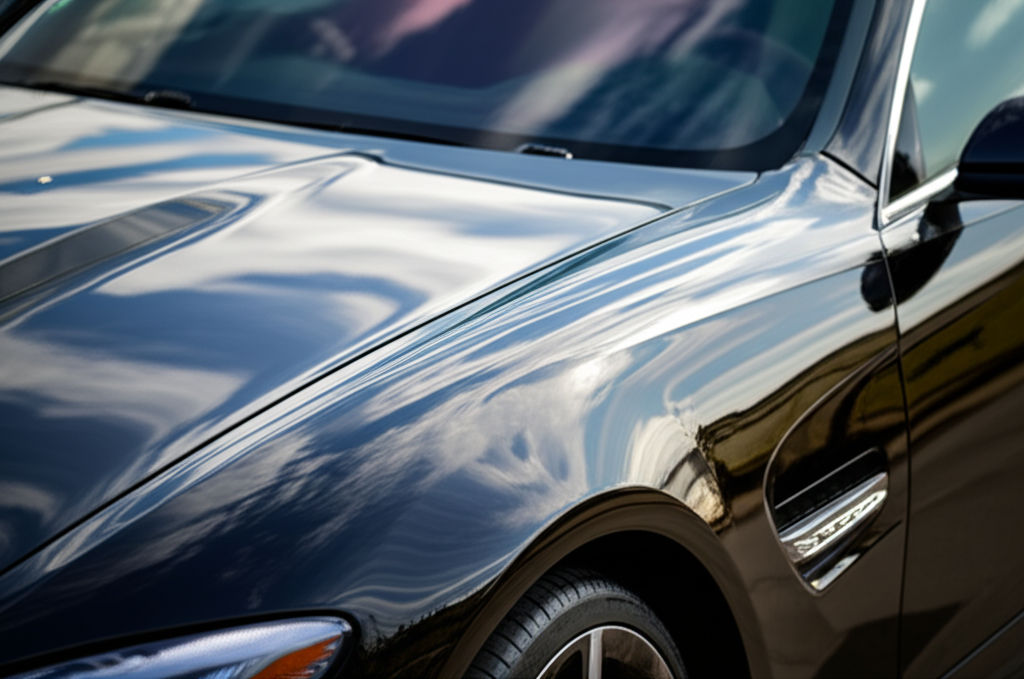
Photo: Keep your car looking new! Learn essential tips to protect your clear coat, prevent damage, and maintain its showroom shine & value.
A Comprehensive Guide to Maintaining Your Automotive Clear Coat Finish
Your car's clear coat is more than just a shiny top layer; it's the unsung hero that protects your vehicle's paintwork, preserves its aesthetic appeal, and maintains its resale value. Just like our skin needs protection from the elements, your car's finish requires diligent care to shield it from environmental damage, chemical contaminants, and physical abrasions. Neglecting your clear coat can lead to unsightly issues like fading, peeling, and oxidation, turning a once-pristine vehicle into a dull shadow of its former self.
This in-depth guide will equip you with the knowledge and actionable steps needed to maintain your automotive clear coat finish, ensuring your car retains its showroom sparkle for years to come.
Understanding Your Car's Clear Coat: The Unsung Hero of Shine
At its core, automotive paint is a multi-layered system. Beneath the vibrant color (the base coat) lies the primer, and on top of it all is the clear coat – a transparent, non-pigmented layer of paint. This crucial top layer, composed of durable polymers, is responsible for the depth, gloss, and overall shine of your vehicle's finish.
What Exactly is Clear Coat?
Think of your clear coat as a protective shield. It's the outermost layer that provides a high-gloss, glassy appearance and safeguards the colored base coat underneath. Modern clear coats are formulated with resins, solvents, and additives that contribute to their durability and appearance. There are different types, including acrylic urethane and polyurethane clear coats, each offering varying degrees of durability, gloss, and chemical resistance. High-solids clear coats, for instance, provide a thicker, more durable, and glossier finish, making them ideal for long-lasting protection.
Why Clear Coat Protection is Paramount
The importance of maintaining your automotive clear coat finish cannot be overstated. It serves several vital functions:
- UV Radiation Protection: One of the most damaging environmental factors, UV rays from the sun can cause paint to fade, become brittle, and deteriorate over time. The clear coat acts as a barrier, absorbing or reflecting harmful UV radiation, preventing it from reaching and breaking down the base coat.
- Physical Barrier: It shields against minor abrasions, dirt, grime, and road salts that can cause corrosion, scratches, and chips.
- Enhanced Aesthetics: The clear coat provides depth and shine, enhancing the vehicle's visual appeal and making colors pop.
- Maintains Resale Value: A well-maintained clear coat significantly enhances your car's aesthetic appeal and preserves its resale value.
The Enemies of a Pristine Clear Coat
Despite its protective qualities, your clear coat is constantly under assault. Understanding these threats is the first step in effective clear coat protection.
Environmental Assaults
Nature can be surprisingly harsh on your car's finish:
- UV Rays and Sun Damage: Prolonged exposure to direct sunlight is the number one cause of clear coat damage, leading to dullness, cracking, chipping, peeling, and oxidation.
- Bird Droppings and Tree Sap: These organic materials are highly acidic and can etch into the clear coat if not removed promptly.
- Acid Rain and Pollution: Rainwater mixed with pollutants leaves acidic residue that can etch into the paint and cause permanent damage.
- Industrial Fallout: Airborne contaminants, often metallic dust, can settle on your car and, when exposed to moisture, rust and embed into the clear coat.
- Road Debris: Stone chips, sand, and small rocks kicked up while driving can easily damage the clear coat, leading to chips and scratches.
Improper Washing Techniques
Ironically, trying to keep your car clean can be a major source of clear coat damage if done incorrectly:
- Using Harsh Cleaners: Household cleaning products like dish soap are designed to cut through grease and fat, but they are too aggressive for automotive finishes. They can strip away protective wax coatings and degrade the factory clear coat, leading to irreversible damage.
- Abrasive Materials: Regular towels, coarse sponges, or brushes can leave tiny scratches and swirl marks, dulling the clear coat's transparency.
- Automatic Car Washes: Some automated car washes use harsh brushes that can cause swirl marks and micro-scratches.
Chemical Contaminants
Beyond environmental factors, various chemicals can pose a threat:
- Gasoline Spills: Fuel, especially around the gas cap, can strip wax and damage the clear coat if not cleaned immediately.
- Road Salt and De-icing Chemicals: These can corrode paint and cause discoloration, particularly in winter climates.
- Bug Splatter: Insect remains are acidic and can etch into the paint if left on the surface for too long.
Essential Steps for Clear Coat Preservation
Maintaining your automotive clear coat finish is a proactive process that involves consistent care and the right techniques.
Washing Your Car Correctly: The Foundation of Care
Regular washing is the first and most crucial step in clear coat protection, but it must be done meticulously to avoid inflicting damage.
- Choose the Right Products: Ditch household cleaners. Always use a dedicated, pH-balanced car wash soap that is designed for automotive finishes and creates a good lather to safely lift dirt.
- The Two-Bucket Method: This is a golden rule for preventing swirl marks. Fill one bucket with clean water for rinsing your wash mitt and another with soapy water. This minimizes the transfer of dirt and grime back onto your car.
- Proper Wash Media: Use a soft microfiber wash mitt or cloth. These are specifically designed to absorb moisture and encapsulate dirt without causing scratches.
- Wash in the Shade: Never wash your car in direct sunlight or when the paint is hot, as this can cause soap and water spots to dry too quickly, leading to water spots and potential damage.
- Rinse Thoroughly: Rinse your vehicle thoroughly before, during, and after washing to remove as much loose debris as possible and prevent soap from drying on the surface.
- Gentle Washing Motion: Wash the car in small sections, using gentle, overlapping motions. Start from the top and work your way down, rinsing your mitt frequently in the clean water bucket.
- Drying Techniques: Avoid air drying, which can lead to water spots, especially when combined with pollutants. Instead, use a soft, clean microfiber drying towel or a chamois, blotting rather than rubbing to minimize scratching. For a truly contactless dry, consider using a dedicated car blower or leaf blower to remove water from the surface.
Decontamination: Beyond the Wash
Regular washing removes surface dirt, but microscopic contaminants can still bond to your clear coat, making it feel rough.
- Clay Bar Treatment: This process safely removes embedded contaminants like industrial fallout, rail dust, and tree sap that washing alone can't. A clay bar glides over the lubricated surface, picking up these particles and leaving the clear coat smooth. This should be done a few times a year, or when the paint feels rough to the touch after washing.
- Iron Remover: Products specifically designed to dissolve brake dust and iron contaminants can be used, particularly on wheels and lower body panels.
The Power of Protection: Waxes, Sealants, and Coatings
Once your clear coat is clean and decontaminated, applying a protective layer is essential to shield it from future damage and enhance its shine.
- Waxes: Traditional carnauba wax provides a warm, deep shine and a temporary protective layer. It’s easy to apply and reapply, making it a good choice for those who enjoy frequent detailing. However, waxes typically last only a few weeks to a few months, offering limited chemical and scratch resistance. Experts often recommend waxing every three months.
- Paint Sealants: These are synthetic formulas designed to offer enhanced durability compared to traditional waxes. They chemically bond to the car's surface, creating a stronger, glossier layer of protection that can last up to six months or more. Sealants provide better resistance against UV rays and contaminants.
Finance & Investment
View All
January 30, 2025
Republic Finance Personal LoansBoost online authority & visibility with expert SEO content. Learn to create high-value, E-E-A-T driven material that ranks and deeply engages your audience.
Ellie Moore

June 24, 2025
Yahoo Finance Tesla Stock Watch 2025Unlock top search rankings with expert SEO content. Focus on E-E-A-T to build authority, trust, and deliver genuine value to your audience.
Ellie Moore

January 14, 2025
Global Market Trends: Key Drivers for ChangeDive into global market trends and the forces driving change in industries worldwide. Stay informed and prepared.
Ellie Moore

April 9, 2025
Hidden Features of Yahoo Financ SiteUnlock top search rankings & user trust with expert SEO content. Go beyond keywords to create valuable, authoritative material that satisfies E-E-A-T.
Ellie Moore
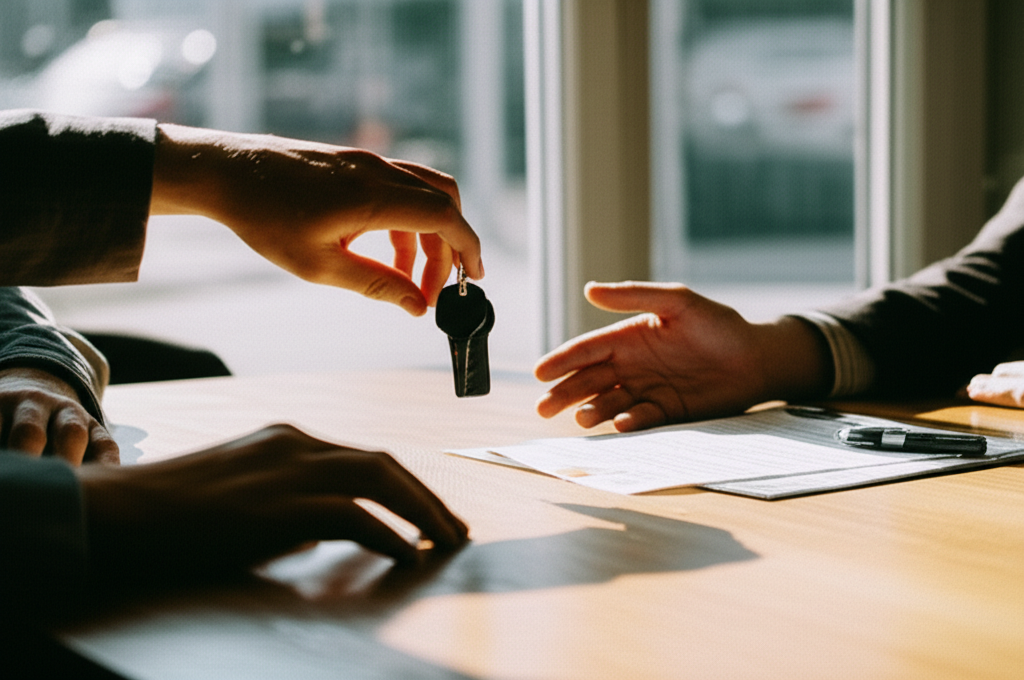
November 3, 2025
Auto Financing Pre Approval TipsElevate your SEO! Discover why expert content is non-negotiable for higher rankings, authority, and organic traffic. Go beyond keywords to truly stand out.
Ellie Moore

April 3, 2025
Is a Finance Degree Worth It TodayUnlock digital success with expert SEO content. Learn to create valuable, authoritative material that ranks high, builds trust, and drives traffic.
Ellie Moore
Insurance
View AllLearn what umbrella insurance covers and who benefits from it. Secure your financial future with added protection.
Ellie Moore
Save on health insurance without losing essential coverage. Discover practical tips to reduce premiums and manage costs wisely.
Ellie Moore
Unlock optimal Farmers Insurance coverage & value. This guide helps policyholders, agents & risk managers find top plans to safeguard assets.
Ellie Moore
Explore how life insurance doubles as an investment tool. Learn about cash value policies and long-term financial benefits.
Ellie Moore
Learn how high-net-worth individuals get specialized insurance tailored to unique assets and risks. Discover luxury coverage!
Ellie Moore
Discover how artificial intelligence simplifies claims, enhances accuracy, and speeds up insurance processes.
Ellie Moore
Education
View AllDigital citizenship teaches responsible tech use. Learn how to help students navigate the digital world safely and ethically.
Read MoreIs a college degree still worth it? Dive into a detailed analysis of the ROI on higher education, including costs, benefits, and future prospects.
Read MoreUnschooling is redefining education. Learn how this self-directed approach works and why more families are embracing it as an alternative to traditional schooling.
Read MoreSocial skills training is key for kids with autism. Learn practical strategies to improve social interaction and communication in children with ASD.
Read MoreLearn how UNESCO promotes education for all globally. Explore key initiatives and efforts aimed at fostering equal learning opportunities for everyone.
Read MoreHow does social media affect learning and behavior? Uncover the positive and negative effects of social platforms on students today.
Read MorePopular Post 🔥
View All
1
2
3
4
5
6
7
8
9
10
Health






Automotive
View All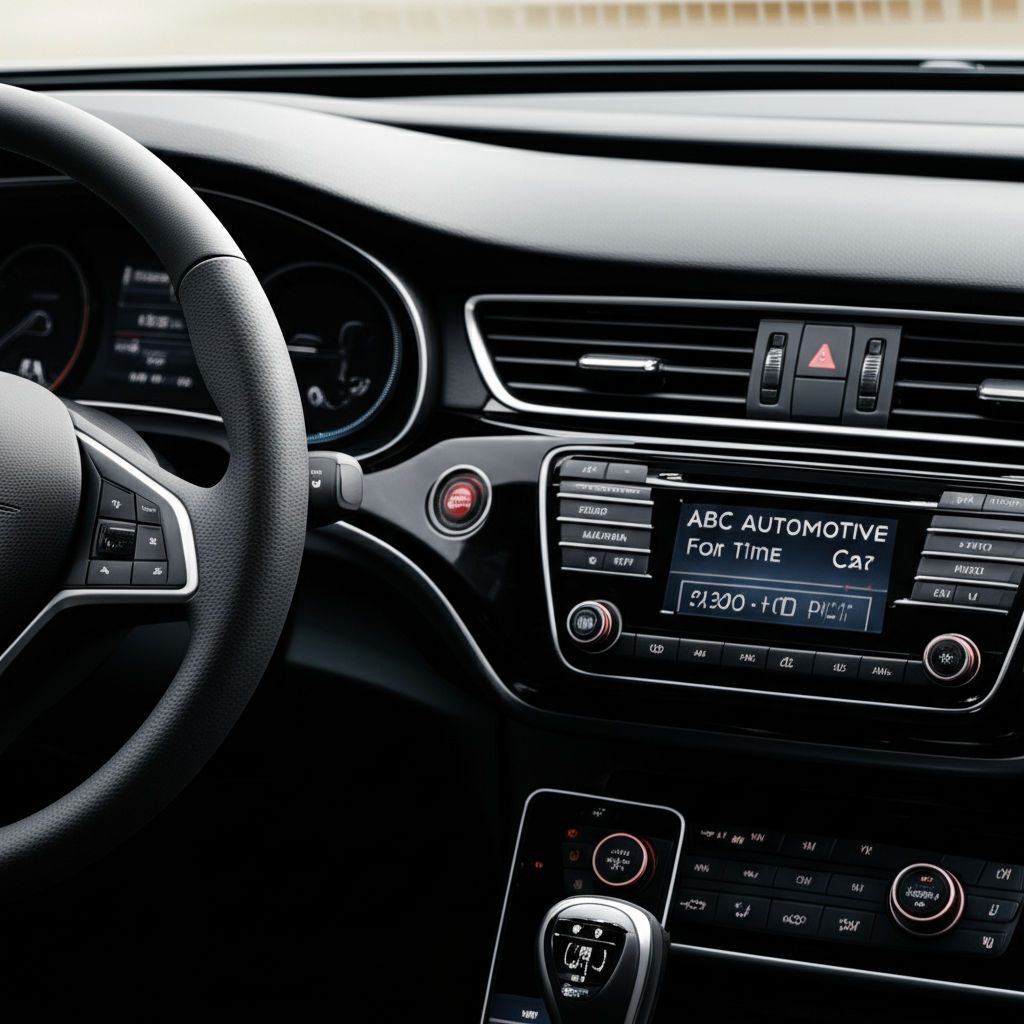
July 21, 2025
ABC Automotive Tips For First Time Car Owners
New car owner? Master essential vehicle care, dashboard warnings, and smart driving habits with our guide. Drive safely & confidently!
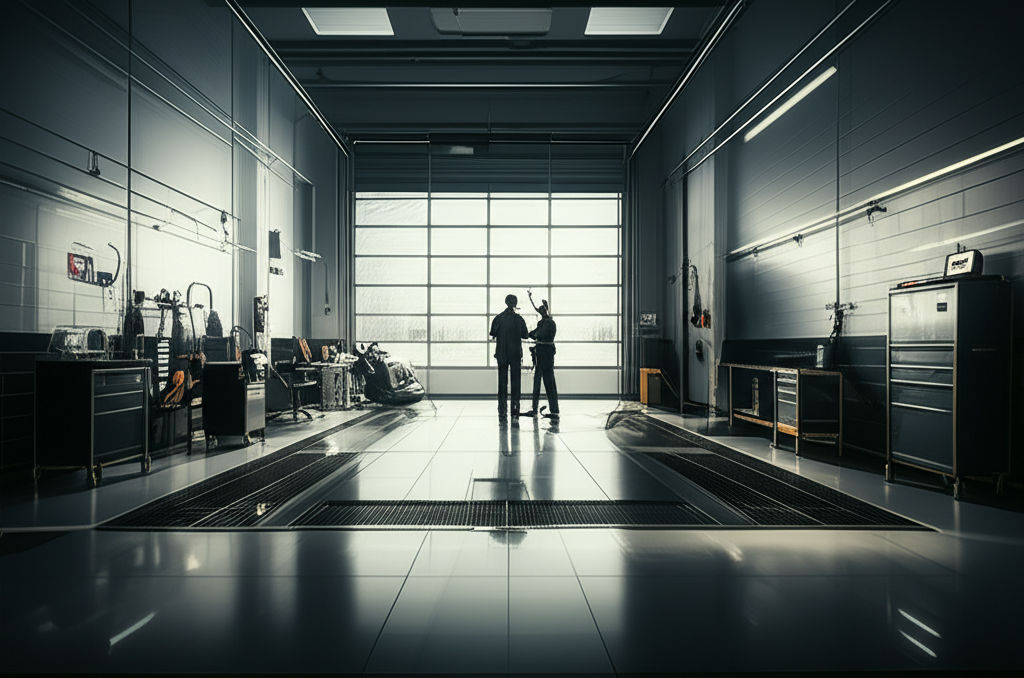
July 11, 2025
What You Need To Know About STS Automotive
Unpack "STS Automotive"! Discover how Service, Technology, & Solutions define your modern vehicle experience for reliability & peace of mind.
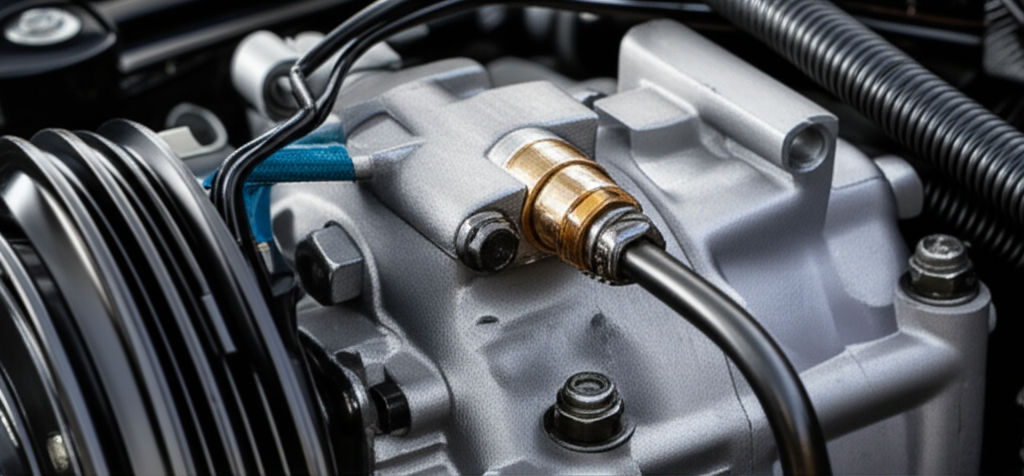
September 1, 2025
Understanding An Automotive AC Diagram
Unlock your car's AC secrets! Learn to read automotive AC diagrams, diagnose issues, and troubleshoot problems. Stay cool and confident on the road.

February 3, 2025
Car Mods: Finding the Perfect Customization Balance
Explore how to balance car customization and performance. Learn tips for modifications that enhance style without compromising safety.

February 4, 2025
Automotive Design Trends Shaping the Future
Discover emerging trends in automotive design. From futuristic aesthetics to smart features, explore what’s revolutionizing the car industry.
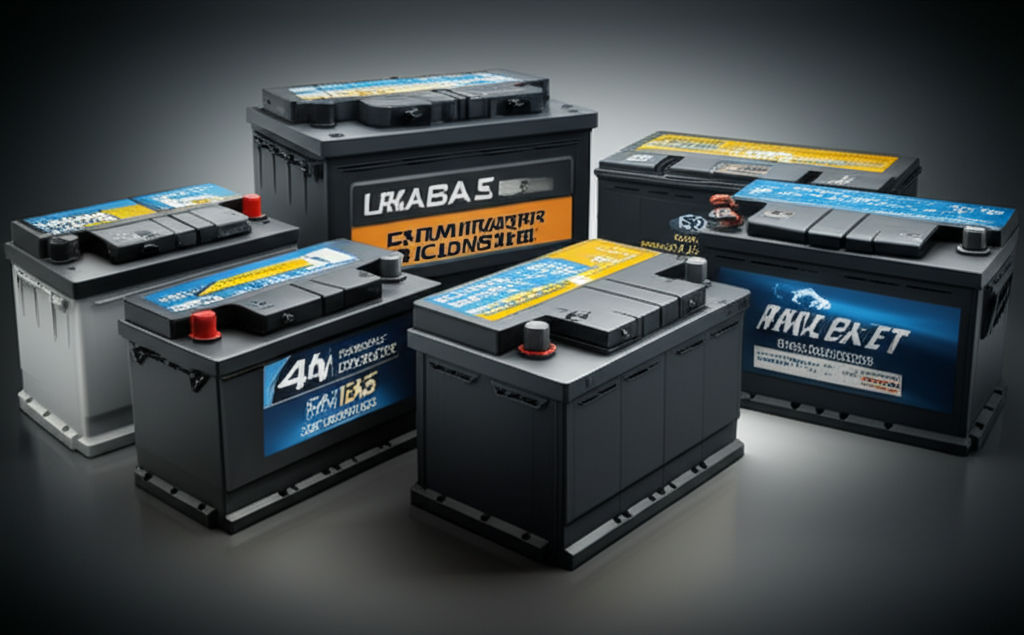
August 4, 2025
Best Automotive Battery Options For Your Vehicle
Demystify car batteries! Discover why they're vital, understand CCA, Ah, & RC, and pick the perfect battery for reliable starts & vehicle longevity.

















